4 out of 10 sleepers prefer sleeping on their sides, and if you’re one of the 40%, good for you! Doctors recommend people sleep on their sides because it aligns the spine, shoulders, pelvis, lower back, and hips. Recent research suggests it may even help prevent Alzheimer’s or Parkinson’s because your brain does a better job of detoxifying while you’re sleeping on your side.
Side sleepers are going to want to look for a softer mattress since their shoulders and hips will need that extra cushioning. Pay attention to the components of each layer in the mattresses you’re looking at because while a soft mattress can cradle those pressure points, you’ll also want a firm support layer so you don’t sink too much. Considering these factors, as well as cost, a company’s warranty, return policy, and mattress features, we’ve picked nine we think are the best for side sleepers.
Amerisleep AS3 – Editors’ Choice
We recommend the Amerisleep AS3 because it offers both sturdy support and a soft comfort layer, promoting healthy spinal alignment throughout the night and giving your pressure points a soft place to land. The AS3 contains Bio-Pur® memory foam, created with more space between the foam particles so it bounces back in four seconds, so you won’t feel stuck in your mattress as you move around at night. Most side sleepers prefer a medium-firm mattress, and the AS3 is just that. Plus, it comes with a 100-day sleep trial, free shipping, free returns, and a 20-year warranty.
Buy NowResearch & Resources
In making this article, we:
- Researched 15 leading brands
- Referenced dozens of website reviews for the most exhaustive information
- Spent over 16 hours writing and revising to deliver the most value-driven, accurate content possible
Best Mattress for Side Sleepers of 2024
| Mattress | Features | Sleep Trial | Price for a Queen |
|---|---|---|---|
| Editors' Choice: Amerisleep AS3 |
| 100 nights | $1199 |
| Zenhaven |
| 120 nights | $1,899 |
| Novosbed |
| 120 nights with Comfort Kit available after 30 nights | $1,099 |
| Avocado |
| 100 nights | $1,399 |
| Nest |
| 100 nights, 30 nights minimum | $1,299 |
| Saatva |
| 120 nights | $1,099 |
| Helix Nightfall |
| 100 nights, 30 nights minimum | $1,190 |
| Brentwood Cypress |
| 120 nights, 30 nights minimum | $500 |
| Winkbeds |
| 120 nights | $1,599 |
Our Criteria
In choosing our top mattresses for side sleepers, we considered a few important things. First, we wanted to be sure our picks worked for a range of budgets. The mattresses we ultimately picked were between $500-$1,999. At Healthy Sleep, we believe everyone deserves a good night’s sleep, no matter their budgetary constraints. We also looked at the features marketed for dozens of mattresses, sifting through those that seemed more a marketing claim than anything actually useful, before deciding on nine that seemed to offer legitimate benefits.
When you’re already short on sleep, taking the time to look for a good mattress can be frustrating, especially when the one you’re currently sleeping on doesn’t offer much in the way of rest. This article should hopefully save you some time and get the right mattress to your doorstep sooner rather than later.
1. Amerisleep AS3: Editors’ Choice
The Amerisleep AS3 offers side sleepers equal amounts of support and cushioning because of its unique Bio-PUR® and HIVE® comfort layers. The high-performance Celliant® cover absorbs your body heat and turns it into infrared energy–in other words, you won’t sleep hot on this mattress. The layers of the mattress really highlight its versatility, so let’s take a closer look:
- Layer 1: 3″ of Bio-Pur® foam is the softest layer. Unlike traditional memory foam, it bounces back in four seconds, so you won’t feel like you’re falling into the mattress
- Layer 2: 2″ Affinity transition layer molds to your body’s curves and relieves pressure buildup, so it’s great for combination and side sleepers
- Layer 3: 7″ Bio-Core® high-density foam layer holds up to years of use and it won’t sag
Side sleepers will want to be wary of a mattress that’s too soft, since their hips and pelvis are more prone to sinking downward than back sleepers. The Amerisleep AS3 rates as a medium firmness on their website, placing it right down the middle on the scale.
2. Saatva
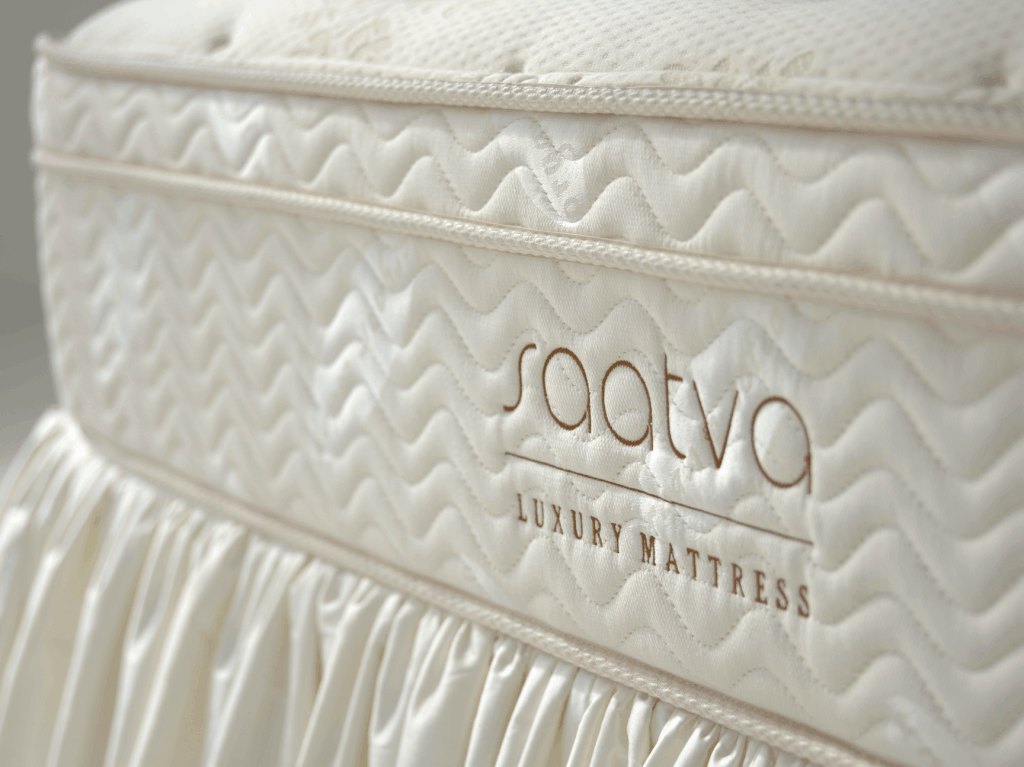
If you’re a side-sleeper looking for a traditional innerspring mattress, there are a few things to consider. First of all, an innerspring mattress will naturally have more bounce than a foam or even a hybrid. You won’t be sinking into this mattress like you would with foam, so try to find a model that still contours to your body and offers pressure relief. Most side-sleepers prefer a medium-firm or soft mattress so their body can properly sink in without dipping down too far and throwing everything out of whack.
With this in mind, look for an innerspring with different firmness options and possibly a pillow top layer for added comfort. The squeaky, painful innerspring mattress is a thing of the past now, so you shouldn’t have trouble finding one that’s comfortable for you.
| FEATURES | POSSIBLE CONS |
|
|
An innerspring mattress may not be the first thing that comes to your mind when you think “best mattress for side sleepers.” After all, side sleepers are usually looking for a soft surface, and metal coils don’t exactly conjure up thoughts of a comfortable night of sleep. But that was innerspring mattresses then–now, they usually come individually wrapped in fabric for better motion isolation, and they’re often topped with memory foam or gel for added relaxation and pressure relief.
3. Novosbed
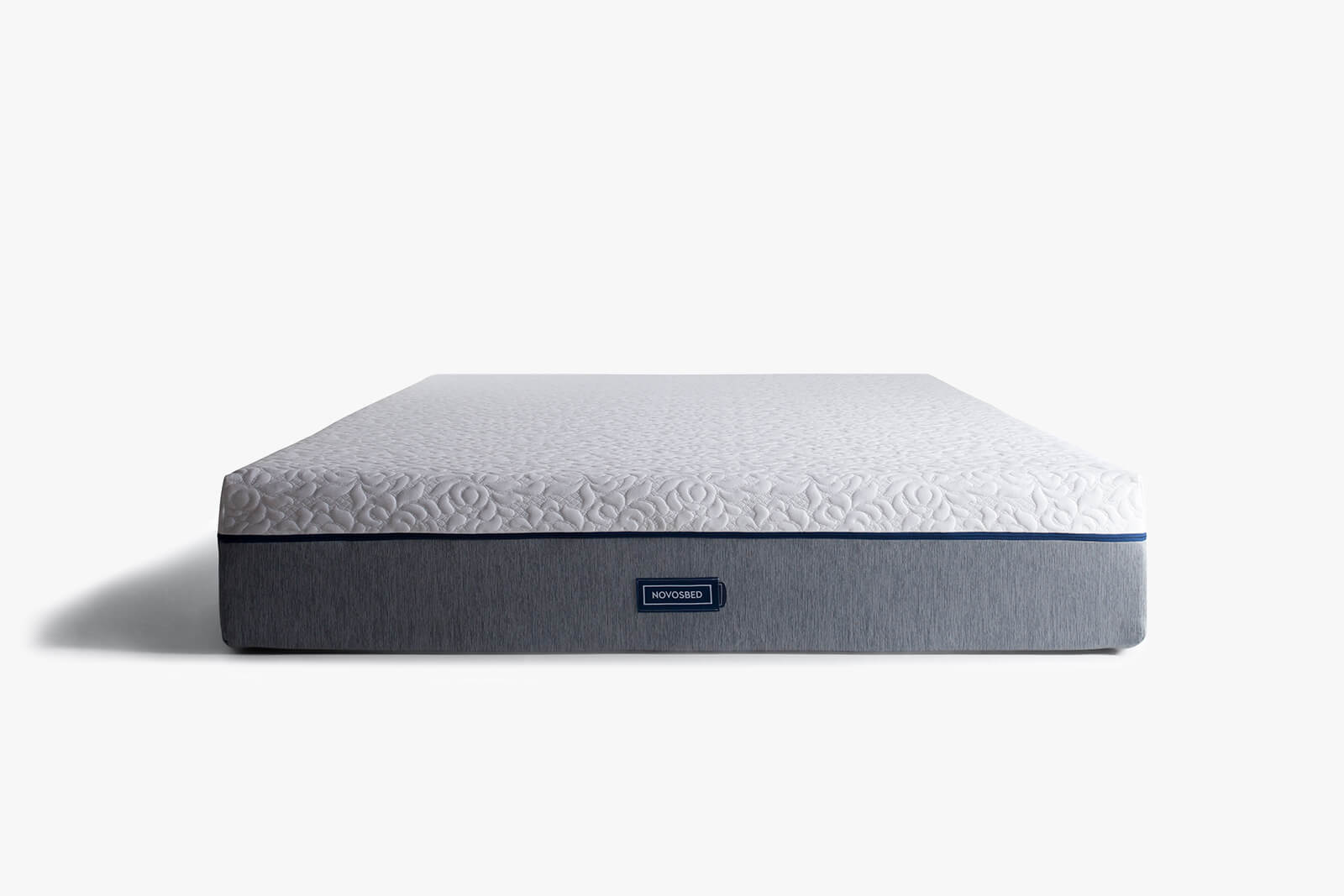
Memory foam is customarily sought-after because of its conforming properties and limited motion transfer (which is especially nice if you’re sharing a bed with a partner). It seems to be the favorite of many mattress companies these days, and that’s probably due to its luxury feel at a not-so-luxury price. Now, more than ever, it’s easy to find a nice memory foam mattress for a wide range of budgets.
Before you dive into the world of foam, it helps to know the different types of foam that can make up this type of mattress:
- Specialty foams: most companies have named their specialty foams in a way that describes what the foam does; usually it offers some kind of extra support, heat dissipation, or extra padding/comfort
- High-density or polyurethane foam: typically used as the firm layer of a foam mattress; it doesn’t have as much “give” as memory foam because it’s built for support
- Viscoelastic polyurethane foam (memory foam): developed originally as technology for NASA, it “bounces back” when you put pressure on it while also conforming to and cushioning your curves
If you’re a side sleeper looking at memory foam options, we recommend choosing a mattress that has some kind of support layer. This can come in the form of a hybrid (half coil, half foam) or a 100% foam mattress that uses a higher density foam as the core. Side sleepers won’t want to feel as if they’re sinking down into the mattress, but they also want adequate comfort so they’re not waking up with aches and pains.
| FEATURES | POSSIBLE CONS |
|
|
4. Nest Alexander Hybrid

A hybrid is a great option if you’re stuck between wanting the familiarity of an innerspring mattress and wanting to try the newer, but equally comfortable memory foam. Hybrids offer the best of both worlds: the cooling ventilation of springs plus the bounce, and the plush feel of memory foam. Hybrids are sometimes a bit more expensive than a typical mattress because they are fairly high-quality, so before you make a big investment in one, we recommend you research a few different options. Look at a company’s website for clear diagrams showing each layer. If they have multiple firmness options, even better!
| FEATURES | POSSIBLE CONS |
|
|
5. WinkBeds
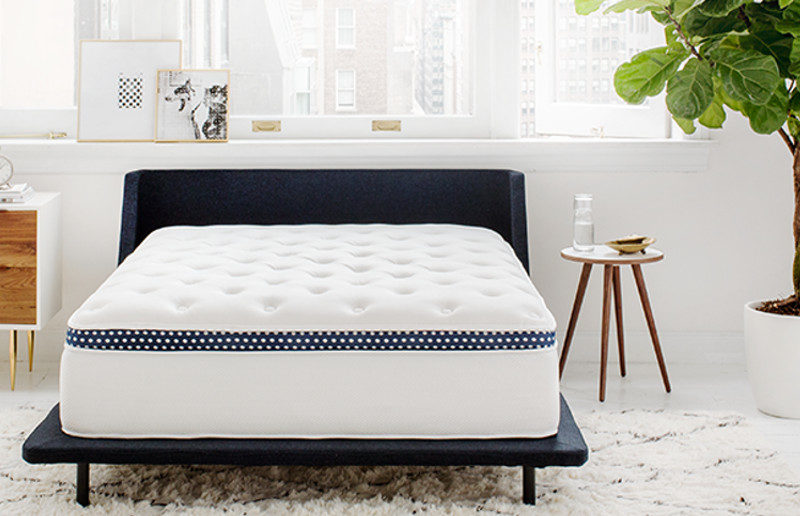
If you suffer from back pain, you’re among 31 million Americans who experience the same thing. While a mattress may not be the end-all be-all answer to your back woes, it never hurts to start there. Getting a good night of sleep can definitely alleviate other health issues you’re suffering from–some of which manifest themselves in lower back pain. So if your back is aching and quaking, what should you be looking for in a mattress, especially if you sleep on your side.
We mentioned at the beginning of the article that side sleepers should look for a mattress meant to align their spine. This will go a long way in alleviating pressure on your back and hips! Another thing to be careful of is mattress firmness levels. Make sure you can try out different levels in person so you know what feels best. The last thing you want is to sink too far into a mattress, throwing your body out of alignment, or the other extreme: a mattress so firm you wake up in more pain. For many side-sleepers with back pain, a hybrid construction is the best way to go.
| FEATURES | POSSIBLE CONS |
|
|
6. Helix Nightfall
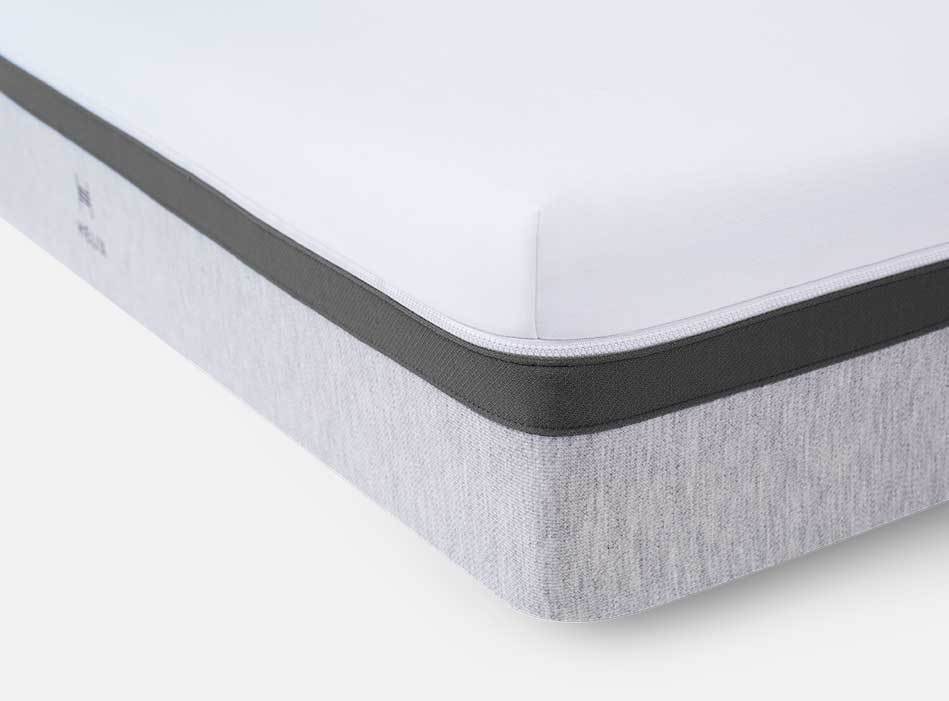
When you’re on the heavier side, it can be frustrating finding a mattress that will support you, alleviate those pesky pressure points, and last a long time. Luckily, there are a few mattress companies that cater specifically to those with high BMIs. Pay attention to the thickness of the mattress here, since you’ll probably want a thicker model that holds up with heavy use (at least 10”, but 12” or more is best).
Heavy sleepers also need to consider durability, since the mattress will need to support more weight without breaking down too quickly. Depending on the material of your mattress, it should last anywhere from 7-10 years. A latex mattress generally lasts the longest if properly maintained (up to 15 years), but latex is also pretty bouncy. If you’d prefer something with a more cushioned feel and substantial support, we recommend a hybrid.
| FEATURES | POSSIBLE CONS |
|
|
7. Zenhaven Latex
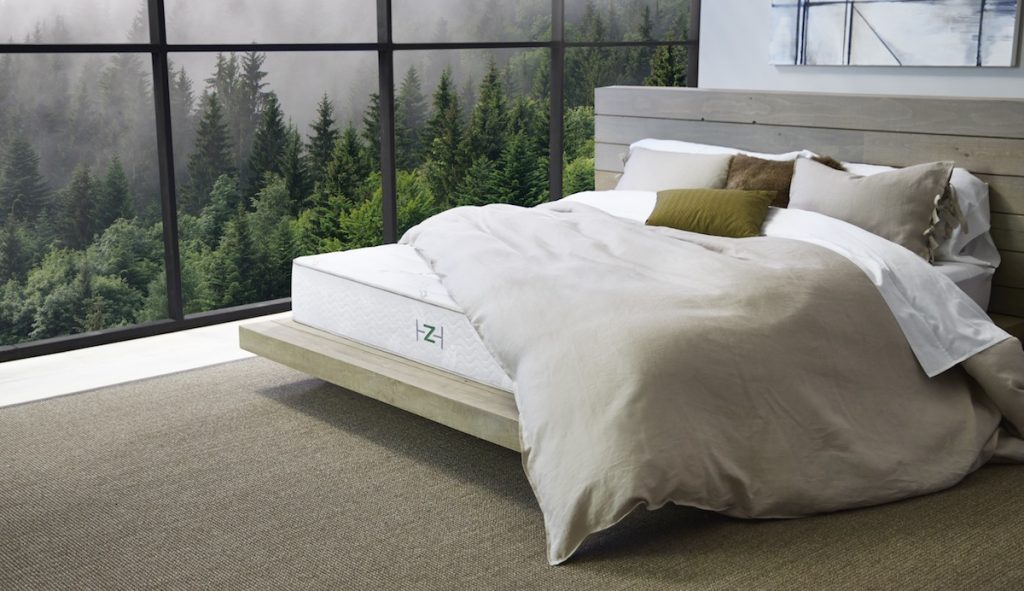
When you have shoulder pain, your mattress can either give you much-needed relief or it can make the problem much, much worse. If the mattress you’re sleeping on is older than 7 years, consider trading it out for a new one more customized to your needs–mattresses, especially foam ones, absorb all of your sweat and other fluids over time, making them heavier. Then they start to sag and lose their elasticity. At that point, instead of cradling your pressure points, the mattress causes you to sink too low, throwing your body out of alignment. It’s a vicious cycle!
We recommend a mattress that will hold up over years of tossing and turning as well as give you gentle relief every night. A latex mattress might be the way to go here, since latex offers bounce and is incredibly durable, lasting about 5 years longer than memory foam and 7 years longer than innerspring. Note that because the mattress is latex, it’s a little pricier than other mattress types, but many would rather pay the extra cost for a longer-lasting mattress.
| FEATURES | POSSIBLE CONS |
|
|
8. Brentwood Cypress
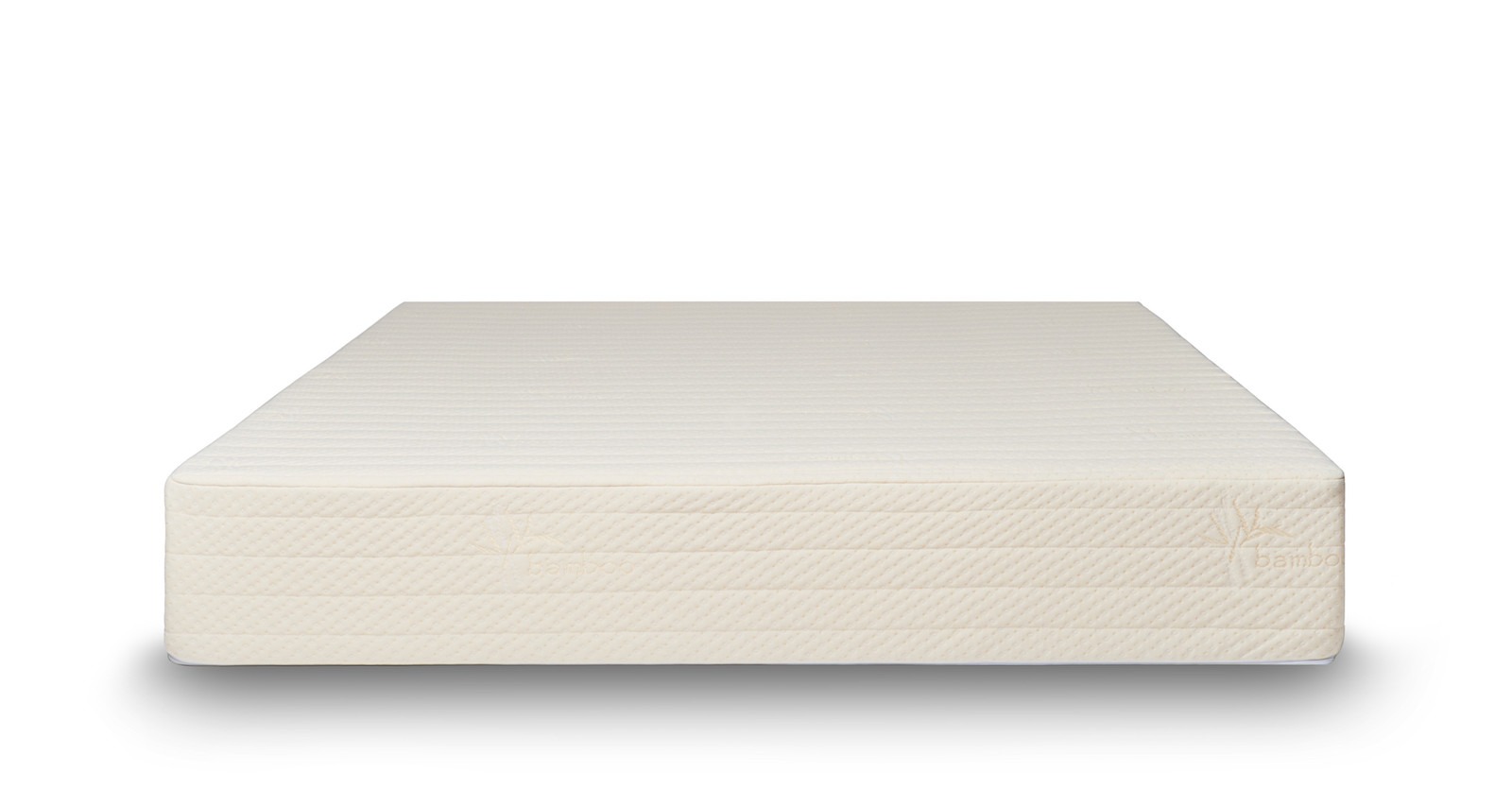
Getting to sleep is already a struggle for many–27% of Americans say they have problems getting to sleep, and 68% struggle with sleep at least once a week. Who wants to worry about one more thing while you’re falling asleep, like whether or not your mattress will make you hot and sweaty in the night?
A mattress that sleeps hot can only make your relaxation time worse (unless, of course, you prefer being extra warm when you sleep). A typical complaint of foam mattress is that they sleep too hot; this is due to the foam density, which doesn’t always allow for trapped air and pressure to escape. That’s why we recommend finding a mattress with innovative cooling properties such as a cover or a gel foam layer that dissipates heat.
Most foam mattress companies have tried to address the overheating issue with special features, so don’t write off foam immediately if you sleep hot. You can also try hybrid mattresses (50% foam, 50% coil) or a traditional innerspring if you’re really worried about heat.
| FEATURES | POSSIBLE CONS |
|
|
9. Avocado
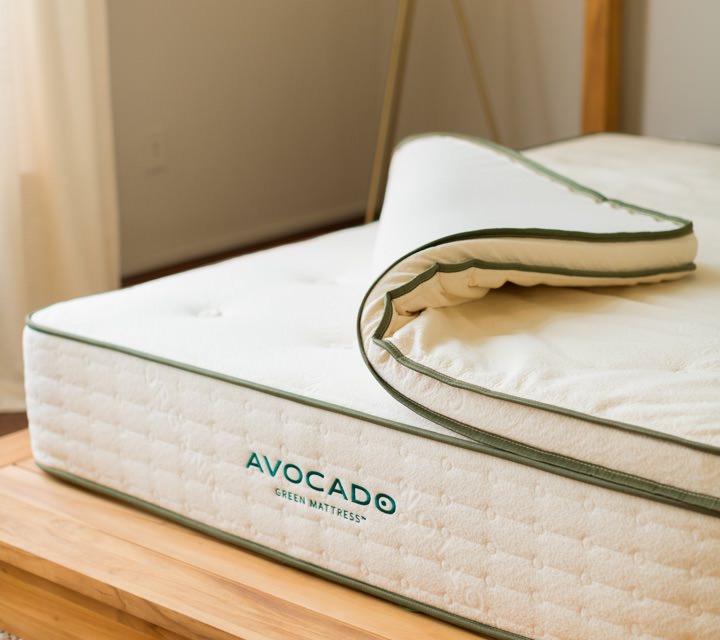
While comfort, durability, sleep trials, and warranties are all pretty normal things to think about when you’re buying a mattress, an eco-friendly option isn’t always at the forefront of our minds. But for many, it’s not just something to think about–it’s a priority. Thankfully, in our day and age, environmentally-conscious side sleepers don’t have to make a compromise in this area. They can still find a supportive, comfortable mattress for a decent price that’s also friendly for the planet.
| FEATURES | POSSIBLE CONS |
|
|
What Kind of Side Sleeper Are You?
Maybe you’ve never thought about your sleeping position until now–after all, once you knock out in bed, you don’t remember much after that. Next time you snuggle up for the night, pay attention to the way your body naturally relaxes. If you’re on your side, you may be in one of a few different positions:
- Fetal: 40% of side sleepers are in this position. They curl up like a baby in the womb, usually with their spine slightly curved and their arms tucked under their pillow. Their legs are bent at the knee and their pelvis is tilted up.
- Log: Their arms are straight at their sides and their legs are straight. Hence, the name “log.” If you sleep like this, look for a mattress that will especially target pelvis support.
- Yearner: Similar to the “log,” but their arms are reaching out. Back and legs are straight.
- Sprinter: One leg is curled up in the “bicycle” position while the other is straight. Only a small number of side sleepers sleep this way.
Knowing which position you sleep in is helpful, but not necessarily crucial in choosing a mattress. If you sleep in the fetal or sprinter position, you might be at more risk for pelvic tilting, which we’ll talk about a little bit later. The main thing you want to look for in your mattress is adequate spine support and pressure point relief. Most chiropractors recommend side sleepers use a medium-firm mattress because of the combination of comfort and support they offer. Here’s a few other things to consider while mattress-shopping:
What to Look for:
- A mattress that helps with alignment (your mattress should keep your spine straight)
- A mattress that relieves pressure points
- Adequate support (remember: support is not the same thing as firmness)
- Comfort layers
- ILD rating or firmness (ILD stands for Indentation Load Deflection, and it’s just the point at which your mattress indents at 4”. The higher the ILD rating, the firmer the mattress)
Challenges for side sleepers
Side sleepers may be in the best position for overall health, but there are still some things to watch out for if you’re one of the 40% who sleep that way. One of the biggest complaints side sleepers have relates to pelvic rotation. This happens when your one or both of your legs are arched in the opposite direction of your upper body (common in the fetal position and sprinter).
As you can imagine, this increases the strain on your back and neck. Look for a mattress that is not too soft to avoid this issue, while at the same time avoiding mattresses that are too firm and make your spine arch upward.
If you struggle with pelvic tilting, you can use a pillow between your legs to offset pressure on your hips and back, straightening out your spine. This can also potentially keep your legs in place instead of arching back too far.
Another issue side sleepers run into is choosing a mattress that’s too firm. Most mattress companies market their “medium firm” mattress as the most versatile (if they have multiple firmness options), and it’s often the bestseller, too. But don’t take the leap without trying different firmness levels in person. You can do this in a mattress showroom or at a brick and mortar store.
Most online mattress companies offer a sleep trial now, so you even get to try out the bed for a month or more before making your final choice. Just keep in mind that the sleep trials come with conditions, and you’re only allowed one sleep trial per year, so if you decide to return it and get another from the same place, you won’t get a sleep trial with that one.
Many of us in the market for a mattress may also worry about finding a comfortable mattress for ourselves and a partner, especially if that partner sleeps in a different position. How can a side sleeper who prefers a softer mattress sleep with a back or stomach sleeper, who typically prefer firmer mattresses?
You can look for a mattress with a medium-firm feel as a compromise, or you can find one that’s flippable to adjust the mattress to your liking.
How firm is too firm?
It’s true you can lay on a mattress and tell pretty quickly if it’s too hard or too soft for you. Even though online mattress companies have done away with the ten-minute-try-on in the store in favor of a lengthy sleep trial in your own home, you can usually get a sense of your preferences by testing out different mattress types and firmness levels in the store. However, don’t rely on those few minutes to make your decision. Take advantage of the sleep trial if they offer one.
If you prefer a more scientific approach, you can always find out the ILD rating. The ILD rating, or Indentation Load Deflection, tells you how much pressure needs to be put on the mattress for it to be indented up to 4”. The higher the ILD rating, the firmer the mattress. This rating will probably give you the most accurate reading as to how firm your mattress really is.
A medium-firm mattress comes in at about 25-35 on the ILD scale (14 being super plush and 40-44 being extra firm).
If you can’t find the ILD rating on the website, reach out through the website’s contact form or chat service.
Knowing your BMI can help you gauge the level of firmness right for you.
- BMI below 19: try a softer mattress
- BMI between 19-25: try a medium or medium-firm mattress
- BMI between 26-31: try a firm mattress
Does the best mattress for side sleepers exist?
We hope you’ve found the one after reading this article, but if you haven’t, don’t give up yet! The perfect mattress for every sleeper is out there, and even though it might take a few extra hours of research, we believe it’s worth it to get a good night’s rest.
Remember, if you’re a side-sleeper, look for the following features in your next mattress:
- A sturdy support layer ensuring you won’t sink down too deeply and throw your spine, hips, or pelvis out of alignment
- Adequate cushioning and padding in the top layer to alleviate pressure build-up
- Durability–your mattress should last anywhere from 7-10 years (based on the material you choose). Read reviews for multiple companies and mattresses before making your pick
This article is for informational purposes and should not replace advice from your doctor or other medical professional.
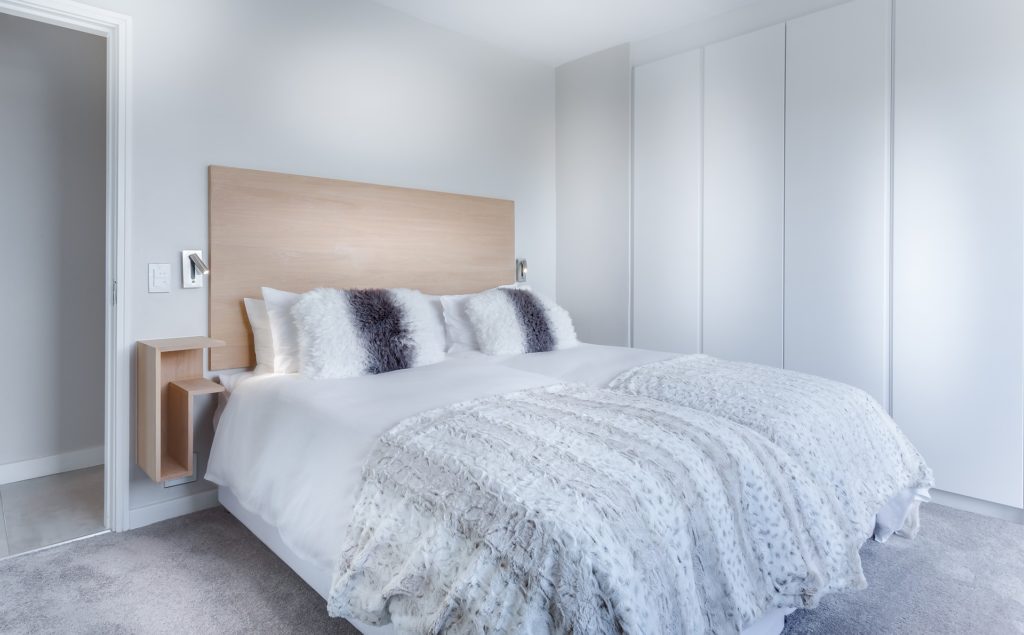
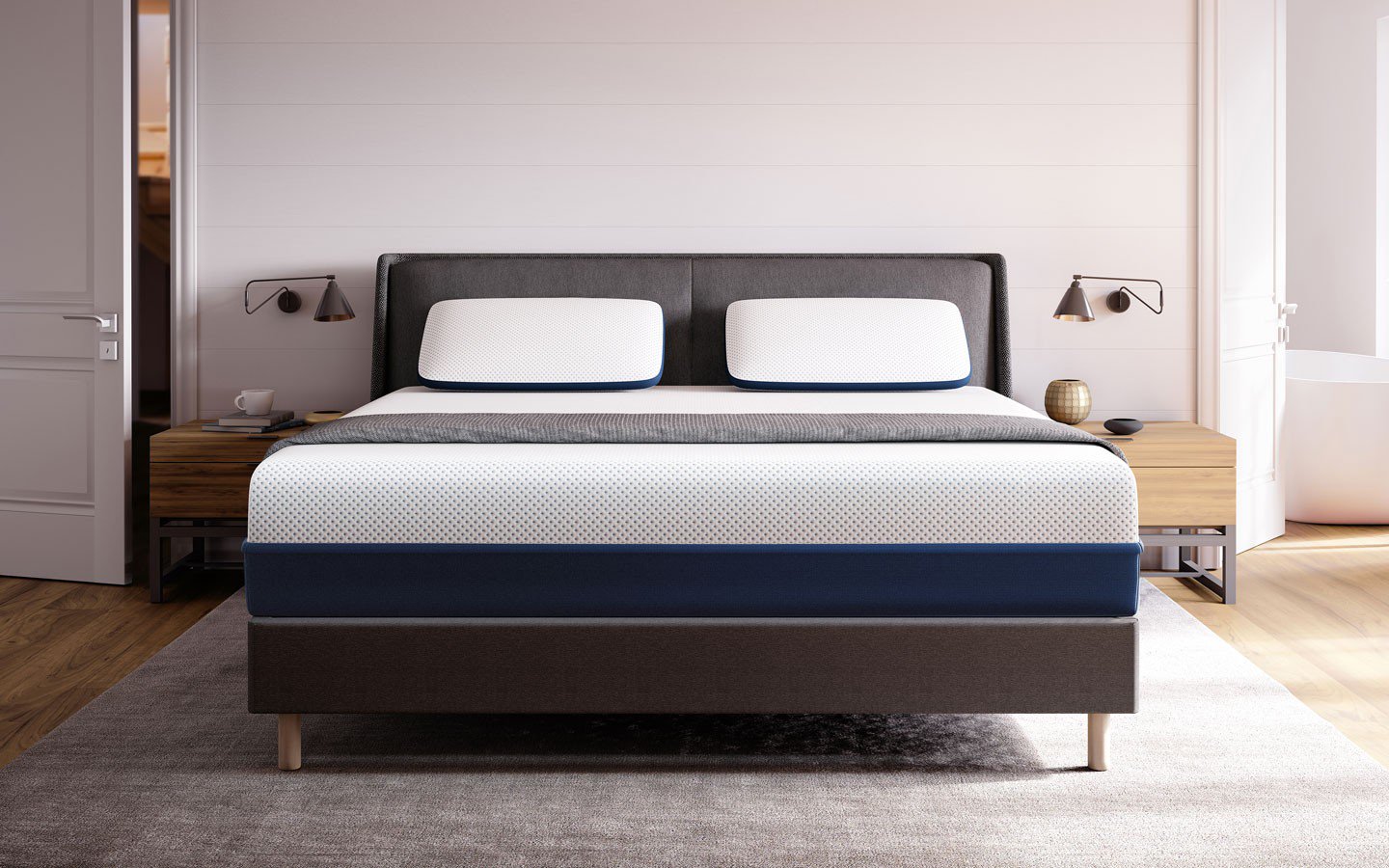
The Conversation (0)
Start a discussion, our content team tries our best to respond to comments. However replies should not be a substitute for medical advice from your doctor.*